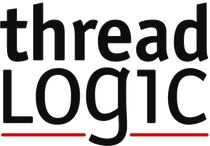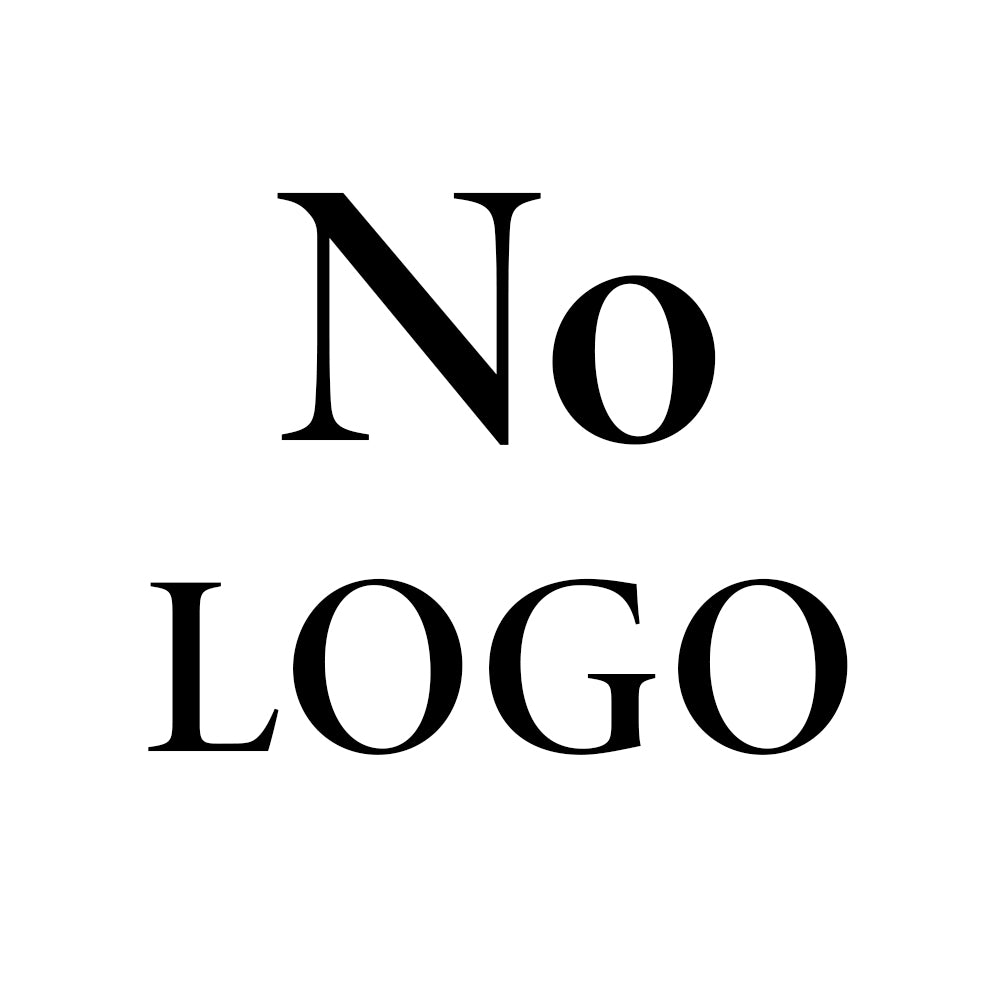Embroidery is a useful and fulfilling craft that can be done by everyone from hobbyists to professional tailors. But whatever your proficiency level it’s important to know what fabrics work best and how to use them. In this article, we’ll dive into some of the best fabrics for embroidering and help you take the next step in your embroidery journey!
Consider Your Thread Count
Fabric weave is one of the most important things to consider when you pick a fabric to embroider. The fabric weave is determined by thread count so you should know what thread count is best for embroidery. A high thread count means the fabric has a tighter weave and a low thread count means a looser weave.
High thread counts often equate to softer and sometimes higher quality fabric, but you shouldn’t pick a fabric with a thread count that’s too high. If the weave is too tight it can be difficult to push the needle through the material you’re working with, which will impede your ability to embroider.
It is also important not to use a fabric with a thread count that is too low, as it can be prone to holes and will make it harder for your design to set. The best fabric for embroidery has a medium thread count - not too tight, not too loose.
Find the Fabric Fit for You
Cotton
Cotton is one of the most popular fabrics for embroidery and with good reason. There are many different kinds of cotton but the best one for embroidery is standard 100% cotton. Natural fabrics are always best to embroider with and cotton is probably the most versatile of them all.
You can use it for clothing, curtains, napkins and more. Cotton is one of the most accessible and inexpensive fabrics around so it’s no one it’s so well-loved. It’s medium weight and strong weave make it great for embroidery at any level of proficiency. Because cotton is so commonly used, it should be easy to find for your next project!
Muslin
Muslin is a lightweight fabric made from cotton. It’s more transparent than standard cotton, which allows for beautiful and unique designs. However, this also means that it often moves and puckers, making it difficult to embroider with.
If you’re a beginner, you may want to gain some more experience with other fabrics before you tackle muslin. Whatever your experience, you should stick to simple designs, as more complicated ones may not hold their shape.
Canvas
Canvas is a durable fabric made from cotton, with some synthetic material mixed in. It’s often used for tote bags and shoes, both of which make great backdrops for embroidery. It's off-white color, and easily puncturable weave allows for some beautiful designs.
If you’re working with canvas, keep in mind that the density and heaviness vary and some is harder to puncture with a needle.
Denim
Something to remember: if it’s made from cotton then it’s likely good for embroidery. Denim, known for jeans and jean jackets, is a popular cotton-based fabric that is as sturdy as it is stylish. Embroidery is a great way to liven up your favorite jacket or pair of jeans! Because denim is often used for clothing, embroidering with it will require some extra planning and experience.
If you’ve been embroidery for a while, then you should have no problem with denim, but you may want to choose something else if it’s your first project. While it’s not the easiest fabric to work with, some great embroidery can be done with denim.
Linen
Linen is a common fabric used for clothing, sheets and curtains that lends itself well to embroidery. It's even, tight weave makes it especially easy to use, especially for working by hand. Like cotton, it’s one of the more accessible fabrics, both for its prominence in clothing and for its low barrier to entry.
When undyed or untreated, linen is gray or brown, but you should be able to find it in the color that you’re looking for.
Aida Cloth
Aida is a unique fabric with an open, even weave that makes it great for cross-stitching. Its thickness allows you to work without an embroidery hoop and helps designs keep their shape. It’s not as versatile as some of the other fabrics on this list, but if you plan on cross-stitching, aida should be your go-to choice.
Satin or Silk
Satin and silk are beautiful, lightweight fabrics that can be used for some stunning embroidery work. However, they’re difficult to work with and not good for beginners. They are also fairly expensive so only experienced embroiderers should try to work with them.
If you want to work with satin be sure to use a sharp needle and stabilizer with your machine.
Polyester
Polyester is one of the few synthetic fabrics that lends itself to embroidery. Just be sure to make the proper adjustments to your approach. Most synthetic fabrics are bad for embroidery because their weaves are too tight, which prevents the needle from puncturing easily, so try to find a looser weave polyester. If possible, go with a cotton-polyester blend and make sure that your thread is polyester or rayon.
Our Favorite Custom Apparel for Embroidery
Thread Logic has some excellent selections that should work well with any of your embroidery designs!
100% Cotton T-Shirt
- For a reliable and versatile T-shirt, check out the Hanes Beefy-T. This closet essential is pre-shrunk and extra soft, made with 100% cotton. The Hanes Beefy-T’s all natural material and stylish fit make it a great choice to embroider your logo onto.
Crewneck Sweatshirt
- If you’re looking for something warmer, you can’t go wrong with the Hanes EcoSmart Crewneck Sweatshirt! It comes in a variety of colors and runs true to size.
Canvas Tote
- Tote bags are the perfect practical accessory. The econscious Organic Cotton Canvas Market Tote is made with 100% certified organic cotton canvas fabric, making it a fantastic environmentally friendly choice for your next order of embroidered totes!
Embroidery has a wide variety of uses and each fabric on this list is beneficial in its own way. Hopefully, you now feel equipped to pick the right one for you!
For more helpful information, check out our recent article on the different types of embroidery.


